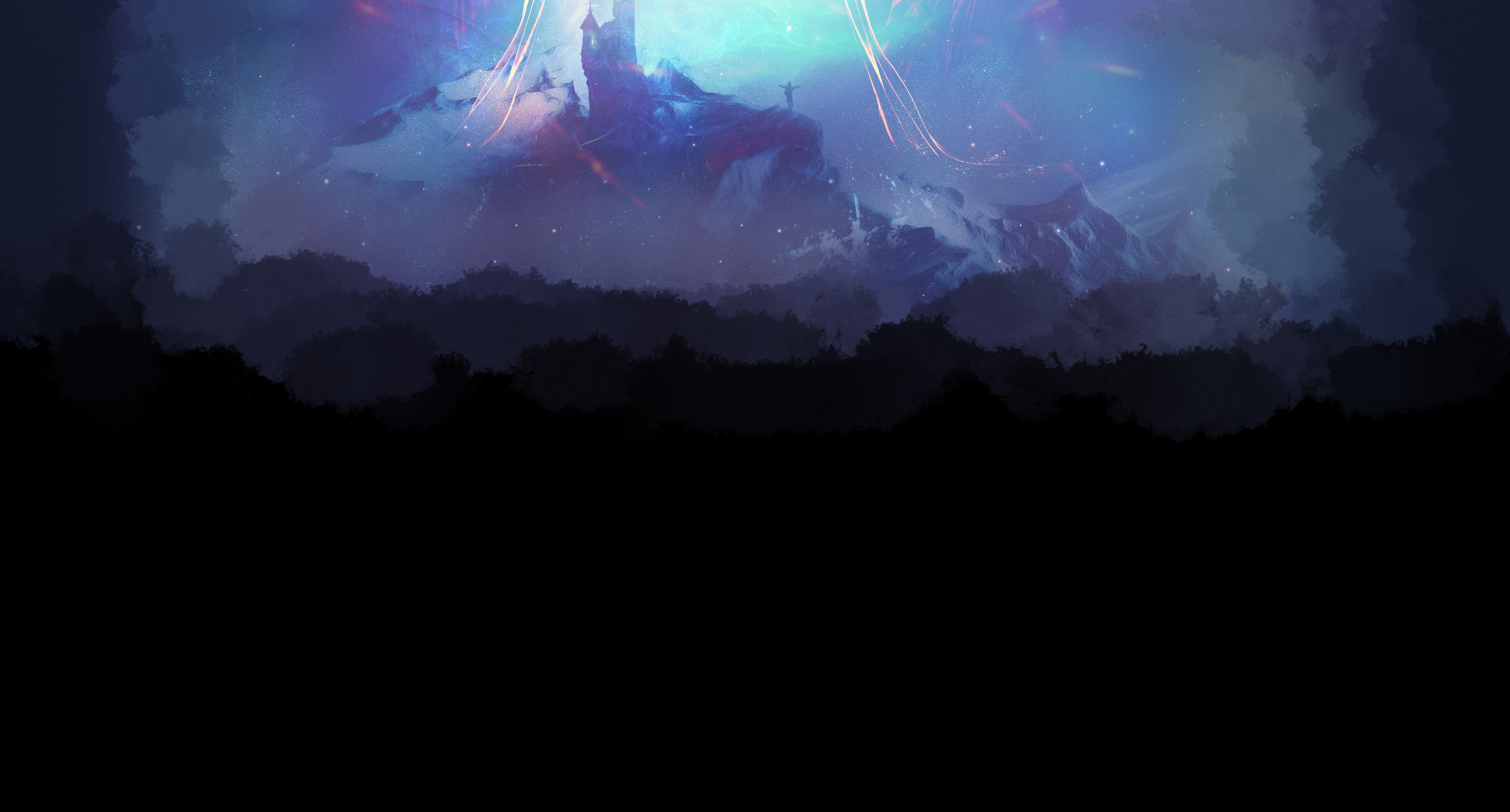.
The native budworm Helicoverpa punctigera is an important pest of field crops in Australia alongside the cotton bollworm Helicoverpa armigera, and both share a number of host plants. H. punctigera moths are known to migrate into cropping regions, from inland Queensland, Western Australia and South Australia but multi-year weather perturbations such as the Millennial drought may have reduced migration from drought-stricken areas in inland Queensland. Resistance management in Bt cotton may be at risk from reduced migration as migrants dilute any resistance genes that might be present in H. punctigera that have been exposed to Bt toxins. In southeast Australia H. punctigera appears to be becoming more abundant later in the cotton growing season, and thus, the overwintering ecology of H. punctigera needs to be re-examined.
Laboratory studies were conducted under a range of temperatures and photoperiods to determine under what conditions diapause occurs in H. punctigera, and to compare the results with similar published studies. At 25°C the least amount of diapause was induced at 14L:10D, and the highest percentage of diapause at 12L:12D. Temperatures of 19°C or cooler produced the highest percentages of diapause, even under a summer 14L:10D photoperiod. At 12L:12D photoperiod the highest percentages of diapause were induced at temperatures below 19°C. Larvae and pupae moved from 25°C to 19°C showed an increase in diapause levels while larvae moved from 19°C to 25°C did not. A statistical model was created from my data, showing the significant effects of temperature, photoperiod, and photoperiod-temperature interaction on diapause induction.
Field studies were conducted at various sites in the cropping region of Namoi Valley in NSW and inland Queensland to study overwintering behaviour of H. punctigera. In the Namoi Valley, larvae seeded in emergence cages suffered heavy mortality and in only one of the three years was it possible to collect diapausing H. punctigera pupae. All pupae extracted from the Namoi Valley field site “Drayton” were in diapause, and pupae exposed to 25°C resumed normal development while those exposed to 19°C maintained diapause.
Field studies in inland Queensland were more successful and emergence timing data combined with temperature probe data suggested that winter diapause does not occur in inland Queensland on sand dunes with light vegetation, but can occur on floodplains with heavy soils and dense vegetation cover. The timing of emergence within inland Queensland appeared to coincide with pheromone trap catches of H. punctigera in the Namoi Valley, potentially providing evidence that some of these inland moths migrate into cropping regions upon emergence in spring.
Temperature probe data in winter and spring were useful in relating field conditions to the laboratory studies. Potentially lethally cold temperatures were present in the Namoi Valley and lethally hot temperatures could occur in some habitats in inland Queensland. Extremes of external temperature were ameliorated by being 10cm below the surface, but daily minimum and maximum temperatures were low enough to induce diapause in much of the population in the floodplain soils at “Monkira” in inland Queensland.
Preliminary laboratory studies on summer diapause indicated the presence of a potential summer diapause in pupae. In 17-31% of pupae arrested development was detected through observation of eyespot movement and the length of pupal duration at temperatures of 31-35°C. A potential reproductive diapause/quiescence was also detected in adults exposed to 32°C, defined by a 73% failure of females to mate, compared to 21% not mating at 25°C.
Possible long term changes in the vegetation of inland Queensland, potentially affecting the importance of immigration and local overwintering in the dynamics of H. punctigera populations in cropping areas, were investigated by examining a largely unpublished collection of survey results dating back to the late 1980s. Historical subjective scorings of the amount of green host plant vegetation with remotely sensed data were correlated against MODIS EVI satellite data using a statistical model. There were large variations in herbaceous vegetation ratings in floodplains during the pre-drought period. Major floods and associated rainfall in 1994 and 2000 have been correlated with high vegetation scores in the floodplains and Acacia shrublands, and lower values corresponded with minor floods or no floods. Post- drought vegetation scores have not yet reached the same high levels as in pre-drought years even though significant flooding occurred in 2010 and 2011. Acacia shrublands have had a downward trend in vegetation scores since the 1990s and have been relatively low post-drought, with the exception of 2011. Sandy desert regions have shown little change in average vegetation scores before and after the drought, with lower vegetation cover being reflected by lower vegetation ratings even after periods of increased rainfall. Very low vegetation scores are rare in the desert, which may reflect the ability of herbaceous vegetation in sandy soils to respond to small falls of rain. Examination of the survey database showed that the relative abundances of key host plants of H. punctigera have changed after the 2000-2009 drought. Overall, the presence of daisies has declined, especially in Acacia shrubland regions, and while some other hosts have increased in abundance, host plants capable of supporting large numbers of H. punctigera have generally declined. In particular, Rhodanthe floribunda, a host capable of supporting many larvae, has decreased greatly in Acacia shrublands, floodplains and sandy desert habitats.







